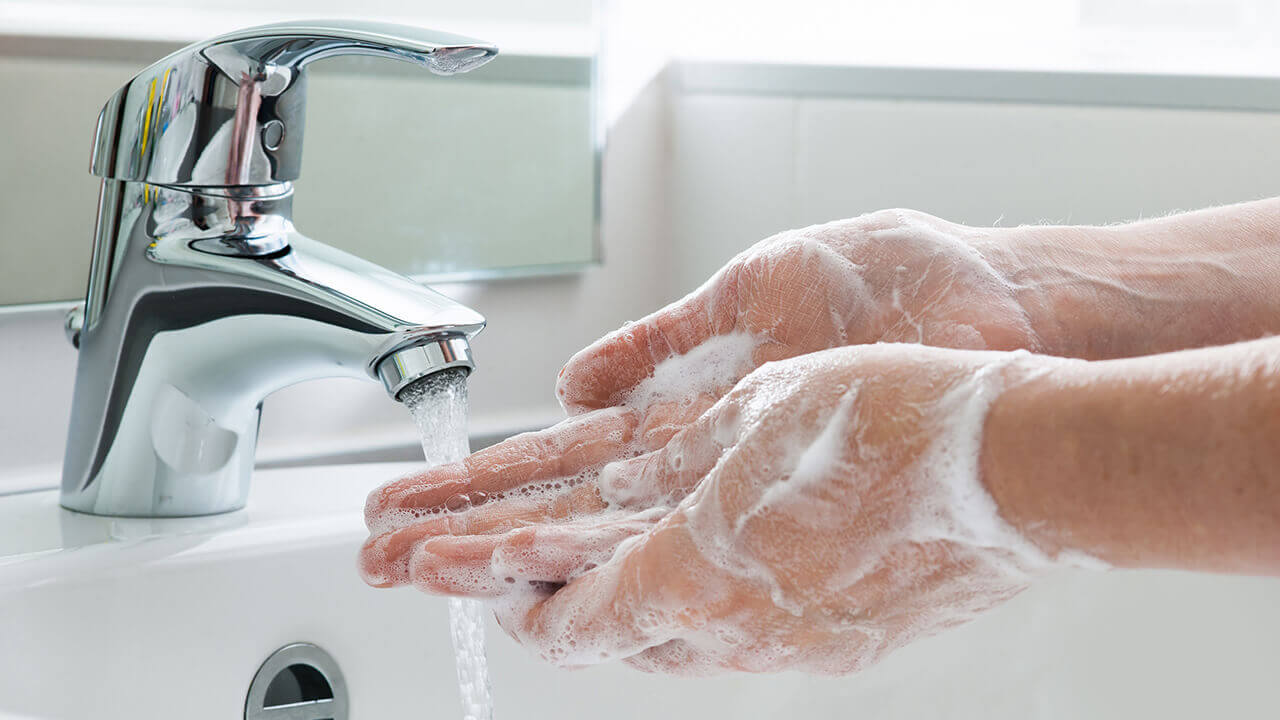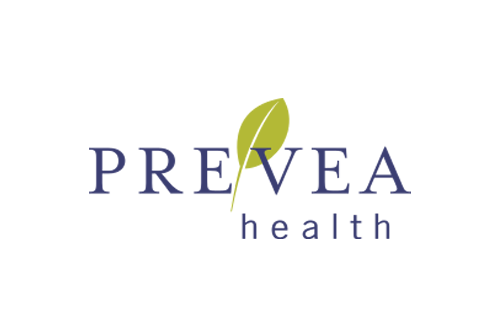

Handwashing the right way can help prevent the spread of disease. The CDC recommends cleaning hands with five simple and effective steps:
1. Wet your hands with clean, running water (warm or cold), turn off the tap, and apply soap.
Why? Because hands could become contaminated if placed in a basin of standing water that has been contaminated through previous use. Clean water should be used. However, washing with non-potable water when necessary may still improve health. The temperature of the water does not appear to affect microbe removal.
2. Lather your hands by rubbing them together with the soap. Lather the backs of your hands, between your fingers, and under your nails.
Why? Lathering and scrubbing hands creates friction, which helps lift dirt, grease and microbes from skin. Microbes are present on all surfaces of the hand, often in particularly high concentration under the nails, so the entire hand should be scrubbed.
3. Scrub your hands for at least 20 seconds. Need a timer? Hum the “Happy Birthday” song from beginning to end twice.
Why? Evidence suggests that washing hands for about 15-30 seconds removes more germs from hands than washing for shorter periods.
4. Rinse your hands well under clean, running water.
Why? Soap and friction help lift dirt, grease and microbes—including disease-causing germs—from skin so they can then be rinsed off hands. Rinsing the soap away also minimizes skin irritation. Because hands could become re-contaminated if rinsed in a basin of standing water that has been contaminated through previous use, clean running water should be used.
5. Dry your hands using a clean towel or air dry them.
Why? Germs can be transferred more easily to and from wet hands.
Handwashing is one of the best ways to remove germs, avoid getting sick and reduce the spread of diarrheal and respiratory illness. You can help yourself and your loved ones stay healthy by washing your hands often, especially during these key times when you are likely to get and spread germs:
Sanitizers can quickly reduce the number of germs on hands in many situations. However:
Sanitizers do not get rid of all types of germs.
1. Wet your hands with clean, running water (warm or cold), turn off the tap, and apply soap.
Why? Because hands could become contaminated if placed in a basin of standing water that has been contaminated through previous use. Clean water should be used. However, washing with non-potable water when necessary may still improve health. The temperature of the water does not appear to affect microbe removal.
2. Lather your hands by rubbing them together with the soap. Lather the backs of your hands, between your fingers, and under your nails.
Why? Lathering and scrubbing hands creates friction, which helps lift dirt, grease and microbes from skin. Microbes are present on all surfaces of the hand, often in particularly high concentration under the nails, so the entire hand should be scrubbed.
3. Scrub your hands for at least 20 seconds. Need a timer? Hum the “Happy Birthday” song from beginning to end twice.
Why? Evidence suggests that washing hands for about 15-30 seconds removes more germs from hands than washing for shorter periods.
4. Rinse your hands well under clean, running water.
Why? Soap and friction help lift dirt, grease and microbes—including disease-causing germs—from skin so they can then be rinsed off hands. Rinsing the soap away also minimizes skin irritation. Because hands could become re-contaminated if rinsed in a basin of standing water that has been contaminated through previous use, clean running water should be used.
5. Dry your hands using a clean towel or air dry them.
Why? Germs can be transferred more easily to and from wet hands.
Handwashing is one of the best ways to remove germs, avoid getting sick and reduce the spread of diarrheal and respiratory illness. You can help yourself and your loved ones stay healthy by washing your hands often, especially during these key times when you are likely to get and spread germs:
- Before, during and after preparing food
- Before eating food
- Before and after caring from someone at home who is sick with vomiting or diarrhea
- Before and after treating a cut or wound
- After using the toilet
- After changing diapers or cleaning up a child who has used the toilet
- After blowing your nose, coughing or sneezing
- After touching an animal, animal feed or animal waste
- After handling pet food or pet treats
- After touching garbage
Use hand sanitizer when you can't use soap and water
Washing hands with soap and water is the best way to get rid of germs in most situations. If soap and water are not readily available, you can use an alcohol-based hand sanitizer that contains at least 60% alcohol. You can tell if the sanitizer contains at least 60% alcohol by looking at the product label.Sanitizers can quickly reduce the number of germs on hands in many situations. However:
Sanitizers do not get rid of all types of germs.
- Hand sanitizers may not be as effective when hands are visibly dirty or greasy.
- Hand sanitizers might not remove harmful chemicals from hands like pesticides and heavy metals.
How to use hand sanitizer
- Apply the product to the palm of one hand (read the label to learn the correct amount).
- Rub your hands together.
- Rub product over all surfaces of your hands and fingers until your hands are dry. This should take about 20 seconds.


